If you’re new to cannabis, or if you’re exploring cannabis for the first time in a while (I’m talking to you, 60s flower children!), then you’ve probably noticed a lot has changed. With countless products to choose from, confusing lingo and conflicting information at every turn, navigating cannabis – whether for medical reasons, pleasure, or both – is a complex experience for the novice user.
But have no fear – I’ve compiled for you a list of answers to the top five most commonly-used terms you’ll come across when becoming acquainted with your new best friend. Whether you’re a new patient or a seasoned recreational user, educating yourself on cannabis basics can be a powerful tool in helping you find the relief, joy, or spiritual experience you’re seeking.
Read on to learn more about these terms and what they mean so the next time you visit your local dispensary or chat with someone at a green carpet event, you can avoid mumbling to yourself, “what the f*%!?”
Cannabinoids
A Cannabinoid is simply one of the hundreds of chemical components that the cannabis plant is made of. I like to think of cannabinoids and terpenes in the same way I think of vitamins and nutrients: Chemical building blocks that work synergistically to provide beneficial effects to the user.
THC and CBD are examples of cannabinoids. Industry folks refer to these most often because they were the first to be isolated and we know more about them than their less-researched sisters. There are hundreds of cannabinoids, but we’ve only identified and studied a handful of them. Each has its own set of medicinal and recreational benefits.
There are two different kinds of cannabinoids: Endo-cannabinoids and Phyto-cannabinoids.
Phyto-cannabinoids are the chemical components that exist within the plant itself (“Phyto” means “of plants.”). Our bodies also naturally produce their own endogenous cannabinoids, which are called Endo-cannabinoids (“Endo” means “within.”). Both kinds of cannabinoids interact with and bind to receptors in our endocannabinoid system, causing therapeutic effects and making us feel great.
Endocannabinoid System
The Endocannabinoid System is a complex receptor system that exists in all mammals for the purpose of maintaining bodily homeostasis, or balance of your cells. In the same way that you and I have a respiratory system and a circulatory system, we also have an endocannabinoid system.
Though it is not well-studied in mainstream medicine (yet) or taught in more than a handful of medical schools in the US, literally every other system of the body is regulated by this mysterious network of receptors. When we get hurt, upset or sick, cannabinoids flood the receptors to calm the affront. The fact that we have a receptor system so complex suggests that cannabis has been used as medicine as long as human beings have been around. Pretty cool!
Because everyone’s ECS is unique in its placement and concentration of receptors – and because each strain of cannabis contains different combinations of cannabinoids – each person responds uniquely to different strains and products. This is why one person you know may love smoking Golden Goat and another person prefers an oil made with Charlotte’s Webb. It’s also the reason why the same brownie that may have peacefully and effectively treated your neighbor’s anxiety might leave you crawling up the walls for eight hours in a paranoid stupor.
The important thing to remember is that everyone’s ECS is different and getting to know your own takes patience, attention, experimenting and time.
Terpenes

Have you ever smoked flower that tasted so much like orange juice you had to stop and ask yourself, wait – am I that high? You weren’t, my friend. You were smelling terpenes – the naturally-occurring aromatic oils secreted by the cannabis plant.
Terpenes are responsible for each strain’s unique taste and smell, and over 100 have been identified (though, like cannabinoids, only a select handful have been extensively studied). These glandular secretions come from the same part of the plant that cannabinoids are housed, and they developed for the purpose of drawing in pollinators and deterring potential predators. Terpenes are the reason Blue Dream reminds you of Grandma’s blueberry pie, Sour Diesel makes you crinkle your nose as if you got a little too close to the gas station pump and Cat Piss smells like – well, you get the idea.
Like cannabinoid profiles, each strain of cannabis has its own unique terpene composition – and while more research is needed to determine how they influence its therapeutic properties, we know they play a major role in how different strains make us feel. The value of learning about terpenes lies within their ability to increase aesthetic enjoyment and therapeutic value of the plant. Learning which ones appeal you can be extremely helpful in determining which products you’ll enjoy.
Strains
In her book A Woman’s Guide to Cannabis, the amazing Nikki Furrer quotes the best description of what strains are that I’ve ever read: “Golden Delicious, Gala, Fuji, McIntosh…Do these names sound familiar? Apples come in dozens of varieties. They’re all apples, but they’re slightly different colors and flavors and shapes. Cannabis is the same.”
It’s true. Like apples, cannabis comes in a plethora of varieties, which we refer to as Strains, or Cultivars if we want to get all fancy about it. Each strain of cannabis has its own unique cannabinoid and terpene profile.
Depending on your state’s legal status, you may walk into a dispensary and find one strain, five strains, or twenty strains with intriguing names like Blue Dream, Purple Urkle, Island Sweet Skunk, and even Trainwreck. The name of a strain offers clues and insight into its unique genetic history, origin, flavor and effects.
Sometimes, though, a name is just a name. Due to the (understandable) tendency of some patients to be turned off by harsh or shocking strain names (Alaskan Thunderf*&!, anyone?), some dispensaries rename their strains to appeal to a broader audience. When in doubt, ask your budtender for details on a strain’s genetics. A good dispensary will happily share this information with you.
Sativa vs. Indica
Sativa and Indica are names given to two different varieties of cannabis and are used by budtenders and growers to describe its potential effects.
Sativa plants are tall in stature with long, thin leaves and grow best in warm climates with longer growing seasons. Their effects tend to be energizing, creative, and uplifting. Patients and consumers commonly use sativa strains for exercise, appetite stimulation, socializing, or creative recreations. Popular sativa strains include Durban Poison, Sour Diesel, Lemon Haze and Tangerine. If your nose picks up on a stringent, citrus, or stimulating scent when you bring a smell jar to your nose, chances are you’re smelling a sativa-dominant strain.
Indica plants are short in structure with broad, fat leaves and are better suited to cooler climates with shorter growing cycles. Their effects range from gently relaxing to heavily sedating, and the effects are typically felt more in the body than in the psyche. People use Indica strains for things like sleep, muscle tension and anxiety. Popular Indica strains include Grandaddy Purple, Master Kush, Blue Cheese and 9 Pound Hammer, and their scents tend to be musty, earthy, cheesy and dank. There is a joke in the cannabis community that to differentiate the effects of an Indica from a Sativa, remember that “Indica” sounds like “In-da-couch” – because that’s likely where you’ll want to be after smoking one.
Hybrid strains are a blend of both plants, offering a balanced combination of effects. Most strains in dispensaries today are hybrids.
It is important to note that while these determinations are deeply ingrained in cannabis culture, mass hybridization of the plant have caused them to be largely irrelevant. Looking at the chemical composition of the strain – i.e., the cannabinoid and terpene profiles – will yield a clearer picture of its overall effects.

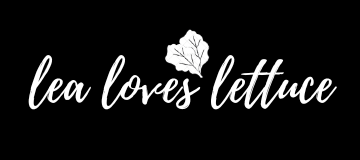
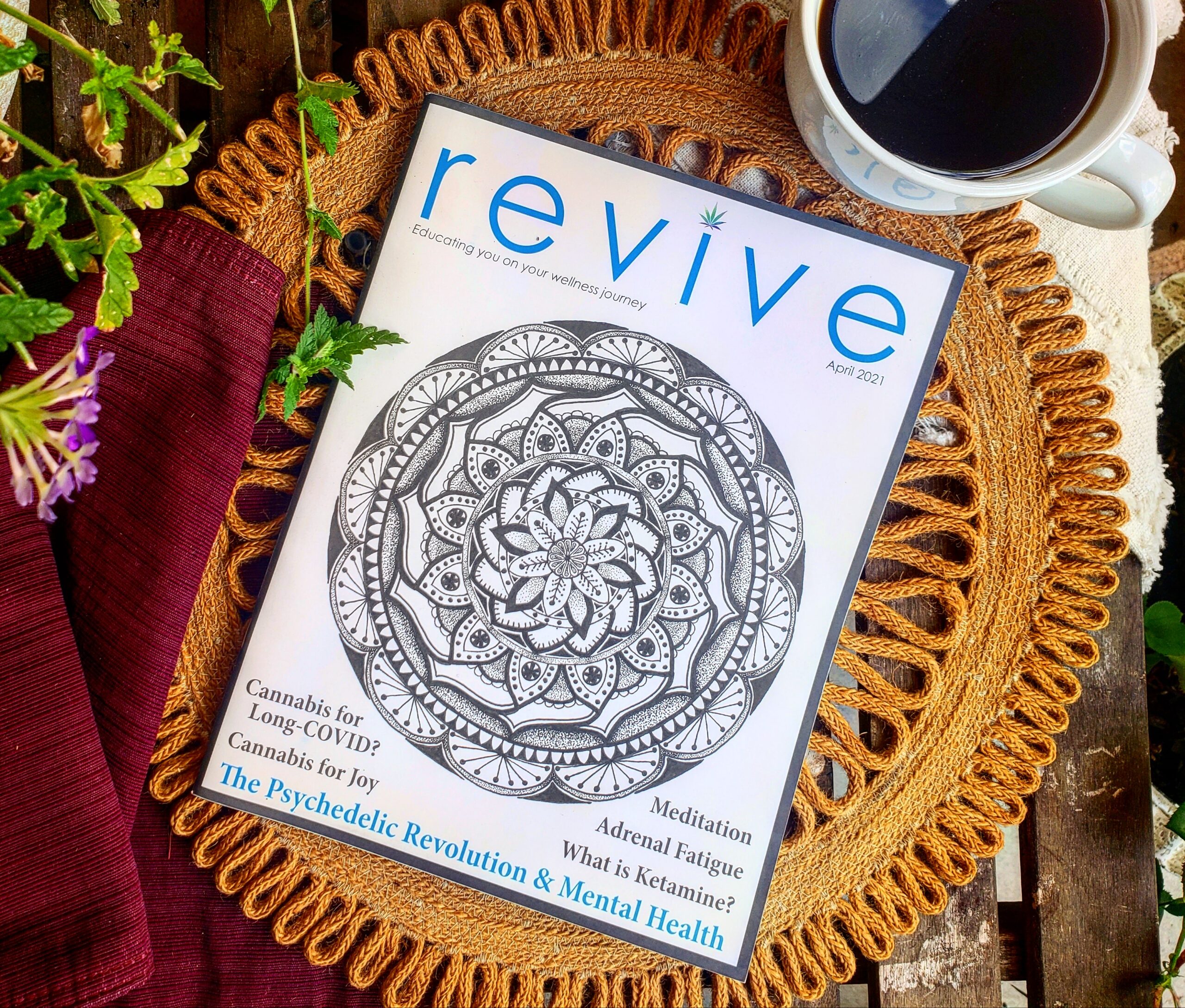

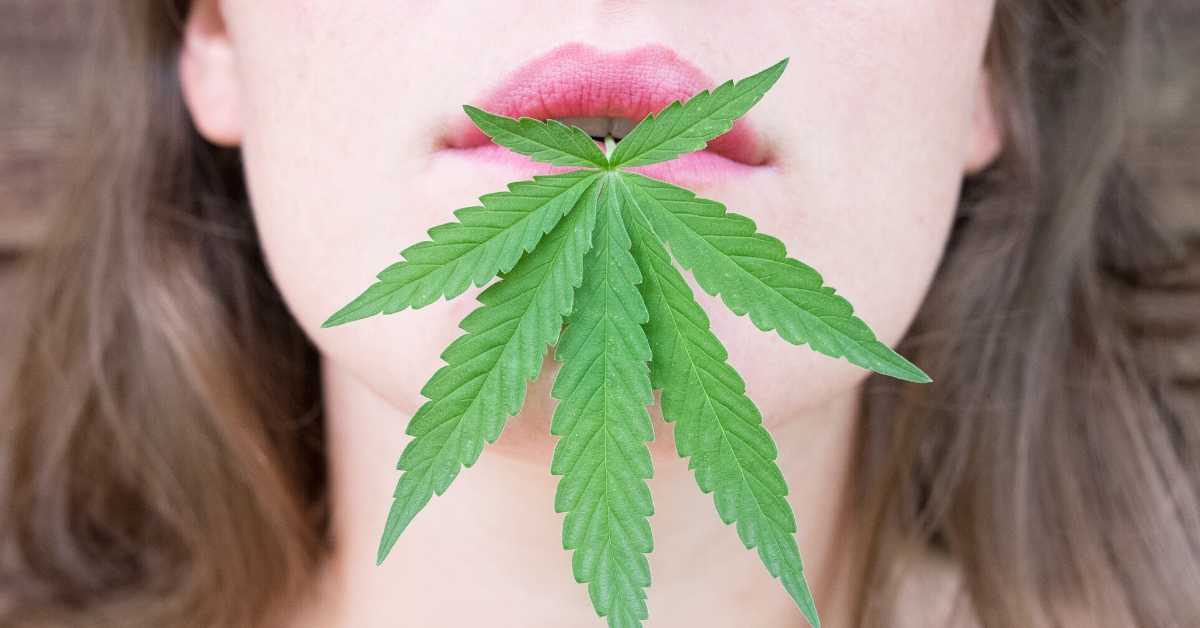
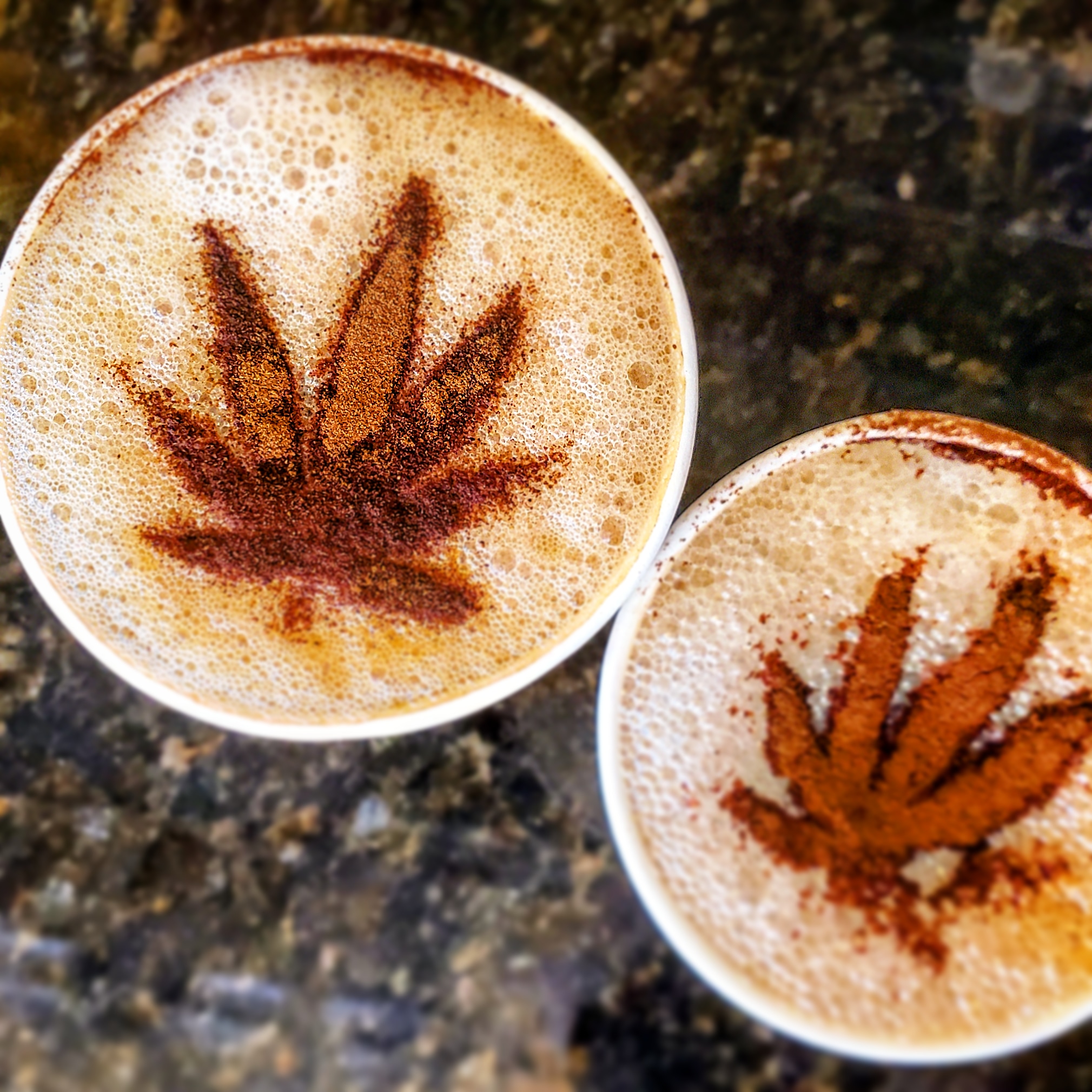
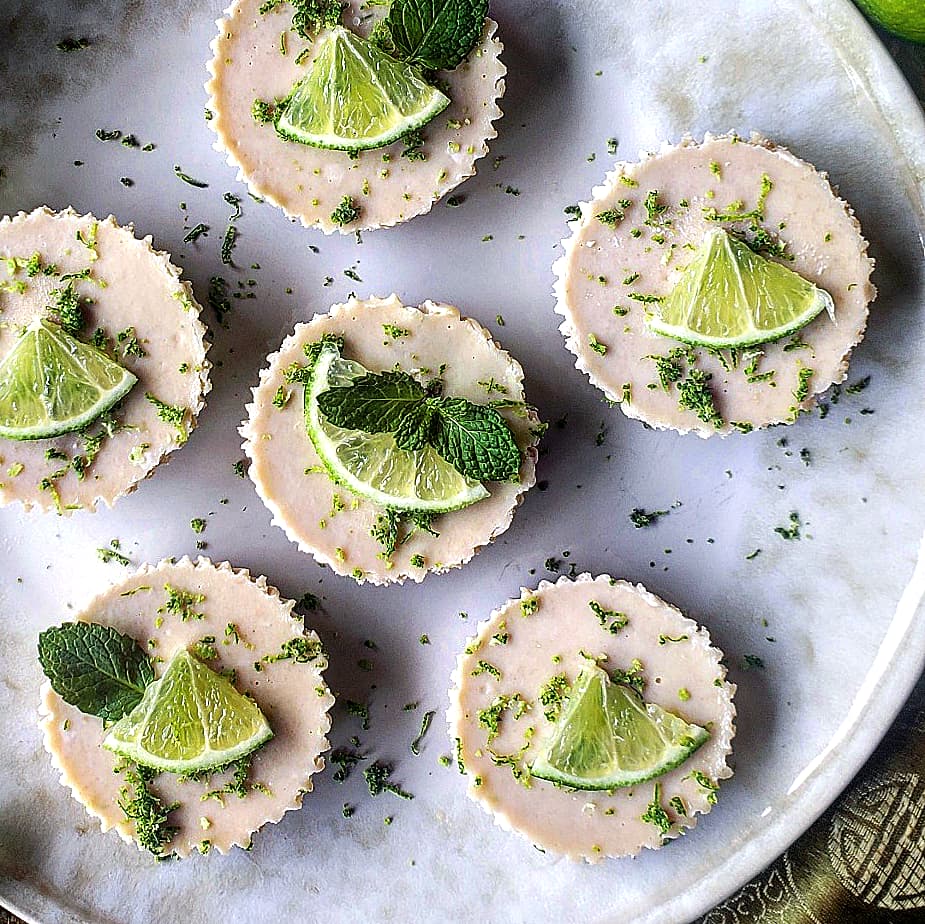

What a great read!! I love smoking cannabis and I learned some new things 🙂
Thanks so much for stopping by, friend!